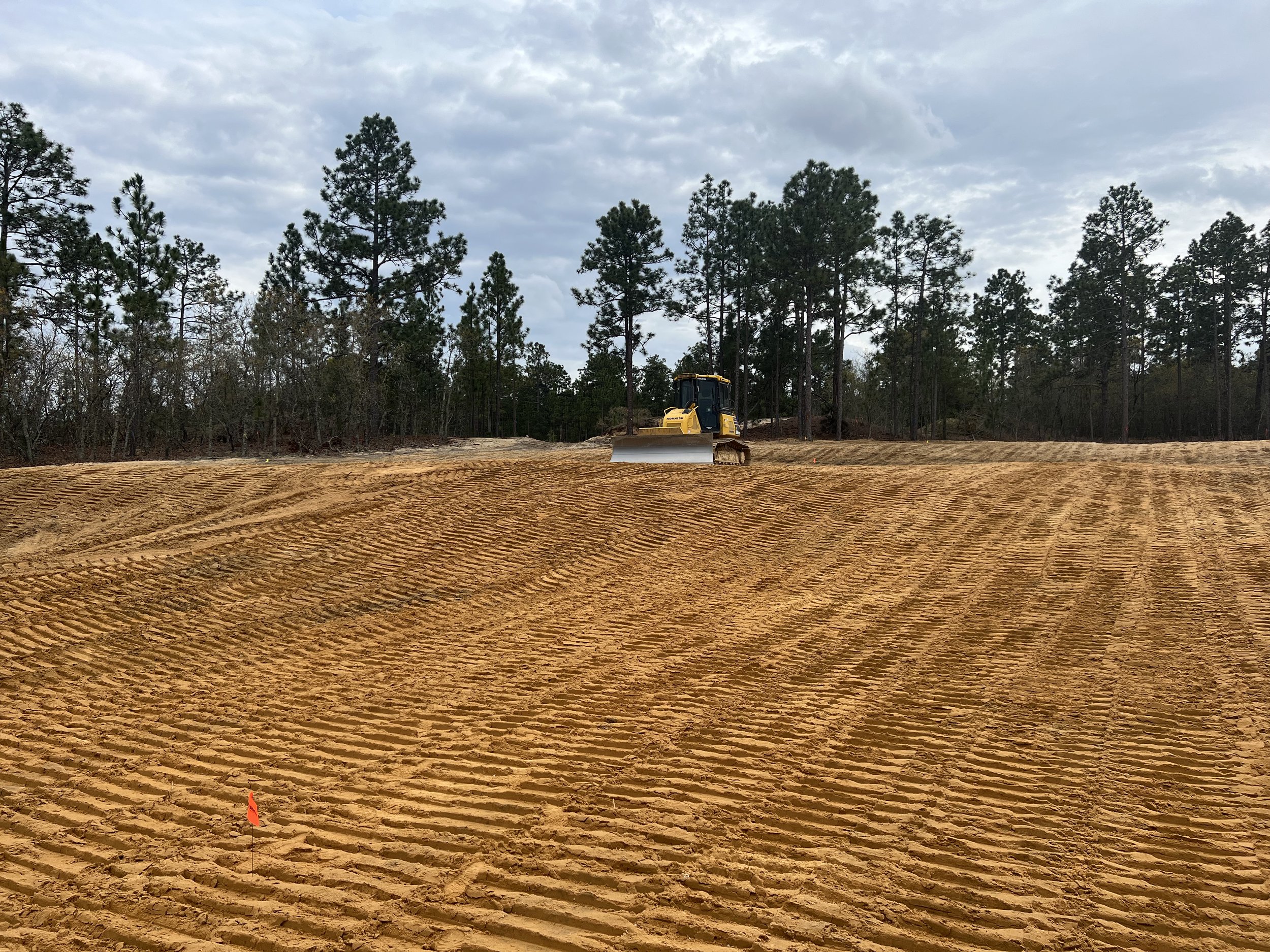
A closer look at the courses, communities, and clients Greener Golf has worked with.
Greener Work
Featured Project:
Radrick Farms Journey Map
Greener Golf partnered with Radrick Farms to develop a comprehensive Journey Map focused on documenting its unique history, enhancing their environmental stewardship practices, and preserving the architectural integrity of its original Pete and Alice Dye design.
Past Projects and Other Work
Radrick Farms Golf Course Journey Map
Ann Arbor, MI
Radrick Farms Golf Course, just east of Ann Arbor, Michigan, is a semi-private, 18-hole course owned by the University of Michigan and one of Pete and Alice Dye’s earliest designs. Since opening in 1965, it has become a premier collegiate course and a vital part of the University, the city, and the local ecosystem. In partnership with Greener Golf, Radrick Farms launched a 3-year journey map project to promote sustainability and long-term excellence, reinforcing its role as a model for responsible golf course management.
2023 SEAS Master’s Project
Ann Arbor, MI
Pollinators are essential to ecosystems and food production, yet their populations are declining due to human activity. Golf courses, covering over 2 million acres in the U.S., have untapped potential to support pollinators by converting underutilized areas into habitat. This project offers a three-part strategy: identifying low-use areas for habitat creation, offering a flexible menu of habitat options, and providing a step-by-step guide to designing and implementing multifunctional pollinator gardens. Through research, demonstration, and practical tools, it aims to transform golf courses into pollinator-friendly landscapes while enhancing sustainability, community engagement, and course management.
Goat Hill Park Beekeeping
Oceanside, CA
At Goat Hill Park in Oceanside, CA, beekeeping has become part of the course’s commitment to sustainability. Several wild honeybee colonies were safely relocated from areas like irrigation boxes and squirrel dens into a managed on-site apiary, protecting both bees and golfers. The team, which included Greener Golf, also planted native flower meadows to support pollinators, reinforcing their role as stewards of the land. Healthy bees signal a healthy ecosystem and can sometimes give a reward of honey.
2014 SEAS Master’s Project
Ann Arbor, MI
The University of Michigan (UM) owns two historic 18-hole golf courses: Radrick Farms and the Blue Course. Each course is rooted in land restoration, design excellence, and environmental stewardship. Radrick Farms, once a gravel mine, was transformed into a championship course and has earned multiple sustainability certifications. The Blue Course, designed by famed architect Alister Mackenzie, is one of the earliest college-campus courses and was restored in the 1990s. A research team from the University of Michigan’s School for Environment and Sustainability (SEAS) utilized both courses to explore sustainable golf through ecological, social, and economic lenses, proposing recommendations that focused on engagement, accessibility, and innovation, including the development of a new “living laboratory” called the Gateway Course.
Collaborators for a greener golf future
Journey Mapping and Research
Radrick Farms Golf Course
2014 - April 2025
Ann Arbor, MI
Design, Shaping, Construction, and Project Management
Punta brava Golf and Surf Club
January 2022 - Present
Escenda, Baja, Mexico
Pinehurst No. 10
2023
Pinehurst, NC
Sedge Valley
April 2022 - October 2022
Sand Valley Resort, WI
The Loop at Forest Dunes
2014
Roscommon, MI
Doak Golf, Inc.
2014 - Present
Traverse City, MI
Renaissance Golf Design Inc.
2014 - Present
Traverse City, MI
Pogonip Golf Club (Los Reyes)
Santa Cruz, CA
Sustainability consulting
Goat Hill Park
2022 - Present
Oceanside, CA
Pogonip Golf Club (Los Reyes)
Santa Cruz, CA
Beekeeping
Goat Hill Park
2022 - Present
Oceanside, CA










